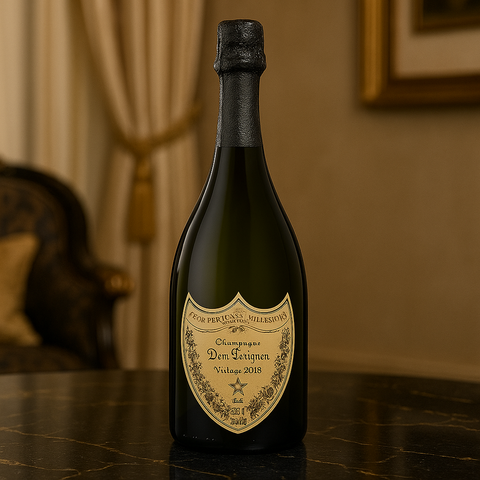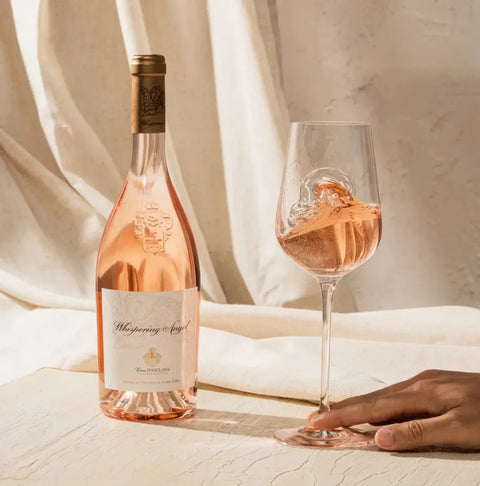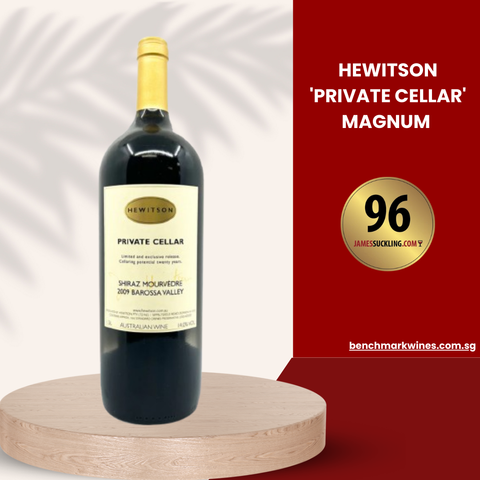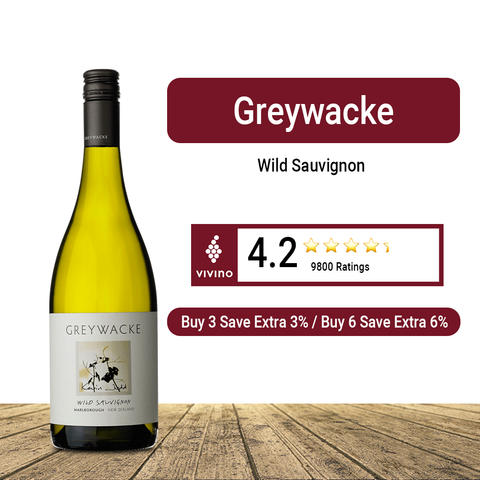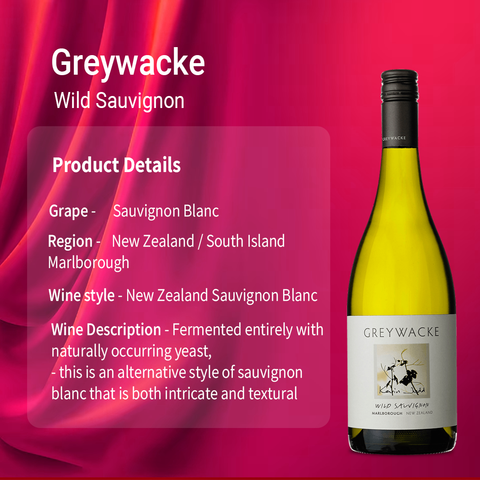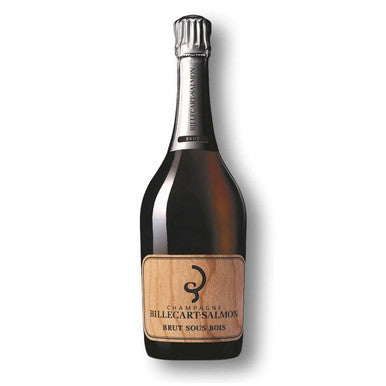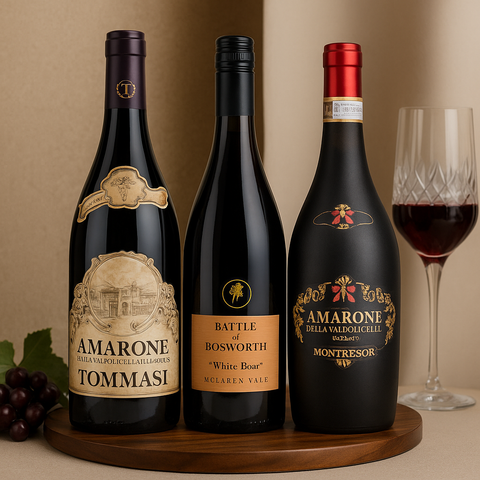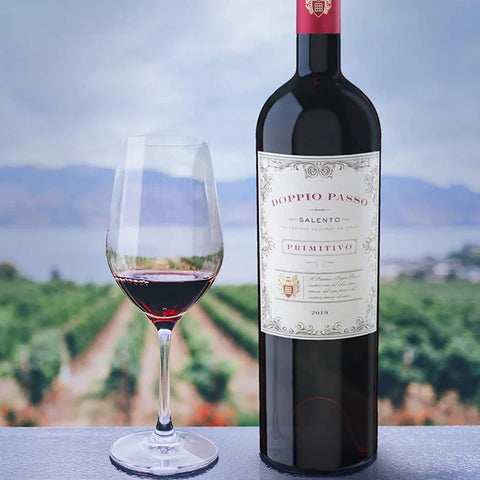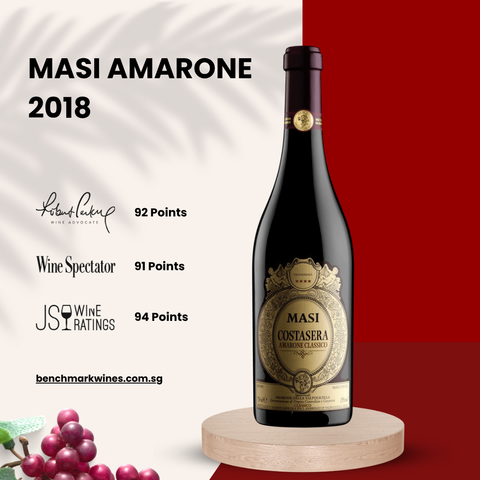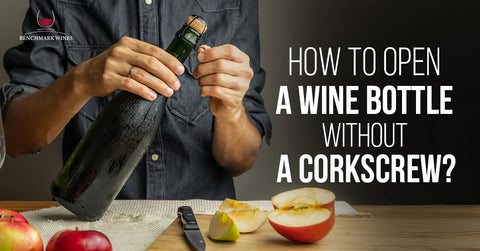Wine tasting is not just about enjoying wine, it's scientific, it's an art, and it's a skill. However, being at a wine tasting session, surrounded by swirling glasses and confident pronouncements about "blackberry notes" or "oak" might leave you clueless. In this guide, we are going to tell you how to taste wine so that you do not embarrass yourself, or not look naive at least.

How to Taste Wine?
Wine tasting is the sensory examination and evaluation of wine. It involves a series of steps to engage your senses of sight, smell, and taste, allowing you to appreciate the full bouquet, flavor profile, and overall identification of wine characteristics. While there are formalized methods used by professionals, wine tasting steps can also be a casual and enjoyable experience for anyone interested in exploring the world of wine. But before diving into wine tasting steps, let us first figure out why you should know how do you taste wine.
Why Should You Know How to Taste Wine?
Understanding how to taste wine for beginners goes beyond avoiding awkwardness at tastings - beyond avoiding the "clueless" feeling. Well, proper wine tasting techniques unlock a deeper appreciation for its complexities, allowing you to perceive subtle nuances and enjoy the full spectrum of understanding wine flavors. It's like learning a new language, enriching your experience, and transforming wine from just a drink to a captivating sensory journey.
Now, let's start with how to properly taste wine in steps...
Setting the Stage
Before you even pick up a glass, there are a few things to consider to optimize your tasting experience:
- Environment: Choose a well-lit, quiet space with minimal distractions. Avoid strong odors like perfume or smoke, as they can interfere with your sense of smell, crucial for appreciating the wine's aroma profile. Think of a clean, uncluttered space with neutral-colored walls to avoid visual distractions.
- Temperature: Serving temperature plays a significant role in how a wine tastes. For example, white wine is typically enjoyed chilled, between 45-55°F (7-13°C) while red wine is best at room temperature, around 60-68°F (15-20°C).
- Glassware: Use clear, stemmed glasses specifically designed for wine. These glasses have a wider bowl compared to standard glasses, allowing for proper swirling and releasing of the trapped aromas. The stem also helps to prevent your body heat from affecting the wine's temperature. For red wines, opt for a larger glass with a rounded bowl, allowing the wine to breathe and release its full aroma. For white wines, choose a narrower glass with a slightly smaller bowl to help retain the delicate aromas and enhance the crispness.
The Art of Swirling and Sniffing:
- Hold the glass by the stem, not the bowl. This prevents your body heat from affecting the wine's temperature, which can alter its taste and aroma.
- Gently swirl the glass in a circular motion. Start slowly and gradually increase the speed. This releases the volatile aromatic compounds trapped in the wine, allowing you to experience the full bouquet.
- Bring the glass close to your nose, but don't plunge your face in! Inhale deeply through your nose, focusing on the opening near the bridge. This is where the olfactory receptors are concentrated.
- Pay attention to the initial aromas, then take short, focused sniffs. What fruits, spices, or other scents do you detect? Is there a floral element? Does it smell earthy or herbal? Don't be afraid to experiment with different parts of the rim. Different areas might reveal different aspects of the wine's aroma profile. For example, the rim of a red wine might offer bold aromas of dark fruit, while the center of the glass might reveal more subtle hints of spice or leather.
Sipping and Savoring:
- Take a small sip and hold it in your mouth for a few seconds. Swish it around, coating your entire tongue and palate. Pay attention to how the liquid feels: Is it light and refreshing, or full-bodied and viscous? This texture, known as "body," can also contribute to the overall perception of the wine's style. For instance, a Sauvignon Blanc might have a light and refreshing body, while a Cabernet Sauvignon might have a fuller and more viscous body.
- Pay attention to the initial taste, and then how it evolves. Does the sweetness linger? Is there a hint of bitterness on the finish? Does the acidity make your mouth water, or is it smooth and mellow? As the wine travels across your tongue, different taste receptors are activated, allowing you to experience the full spectrum of flavors. For example, the tip of your tongue is most sensitive to sweetness, while the sides are more sensitive to acidity and saltiness. The back of your tongue detects bitterness.
Demystifying the Flavor Profile
As a part of this step, focus on the basic elements: sweetness, acidity (tartness), bitterness, and alcohol level. These basic elements form the foundation of a wine's taste profile and work together to create a harmonious balance.
Sweetness: This can range from bone-dry (no perceivable sweetness) to sweet (noticeable sweetness). For example, a Riesling wine from Germany is known for its sweetness, while a Pinot Noir wine from Burgundy is typically dry.
Acidity: This refers to the tartness or crispness of the wine. It contributes to a wine's freshness and can balance sweetness and other elements. Imagine the refreshing zing of citrus fruits like lemons or limes. A wine with high acidity might make your mouth water slightly.
Bitterness: This is a drying sensation often perceived on the back of the tongue. It can come from grape skins, tannins (especially in red wines), or oak aging. Think of the slight bitterness you might experience from dark chocolate or unsweetened tea.
Alcohol level: This is the percentage of alcohol by volume (ABV) and can affect the overall perception of the wine's body and warmth. Higher-alcohol wines might feel heavier and warmer in the mouth.
When you are done with the basics, consider going in advance with the following dimensions of flavor:
- Fruit: Think of familiar fruits and use them as a reference point. For example, a Merlot wine might have aromas and flavors of red fruit like plums and cherries, while a Sauvignon Blanc might evoke citrus fruits like grapefruit and lime.
- Floral: Delicate floral notes like rose, violet, or lavender can be present in some wines, especially white wines.
- Herbal: Think of the fresh, green aromas of herbs like mint, thyme, or eucalyptus. These can be found in some white wines and Sauvignon Blancs in particular.
- Spicy: This can range from subtle hints of pepper or clove to more pronounced notes of cinnamon or nutmeg. These aromas and flavors often come from oak aging or specific grape varietals.
- Earthy: This can describe aromas and flavors that remind you of soil, mushrooms, leather, or damp earth. These characteristics can be found in some red wines, especially those aged in oak barrels.
There Are No "Wrong" Answers!
The beauty of wine tasting is the subjective experience. Don't be afraid about how do you taste wine as all you have to do is express your own honest observations and share them with others. As you taste more wines, your vocabulary and ability to identify specific flavors will naturally develop. With practice and these steps for tasting wine in mind, you'll be well on your way to tasting wine like a pro!
Read more about wine tasting tips now.



